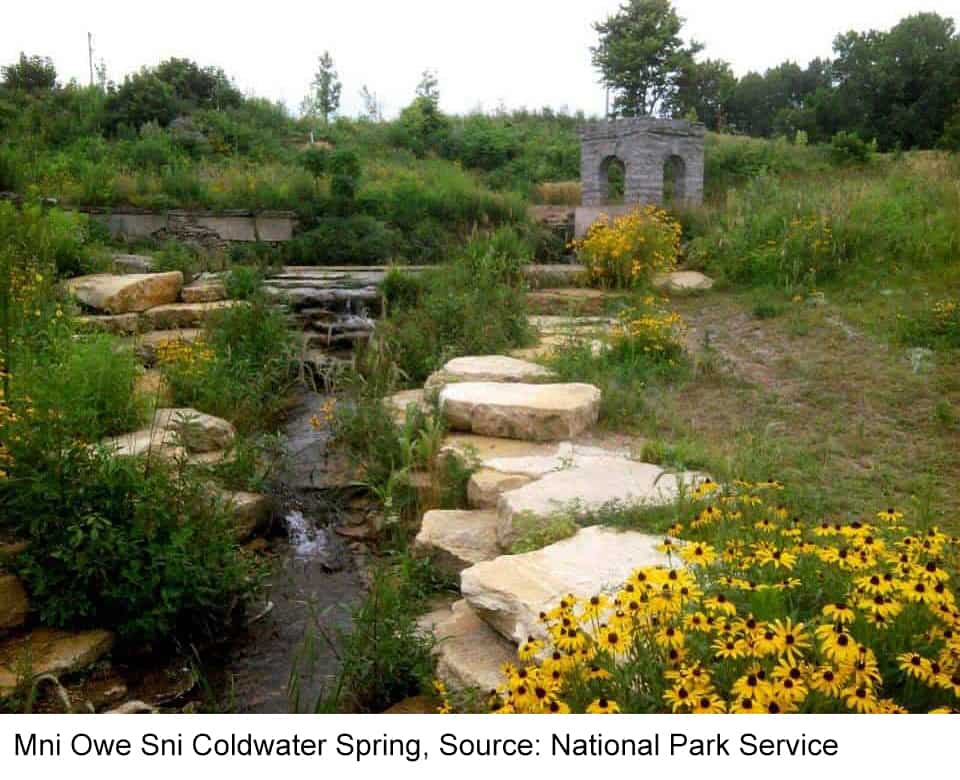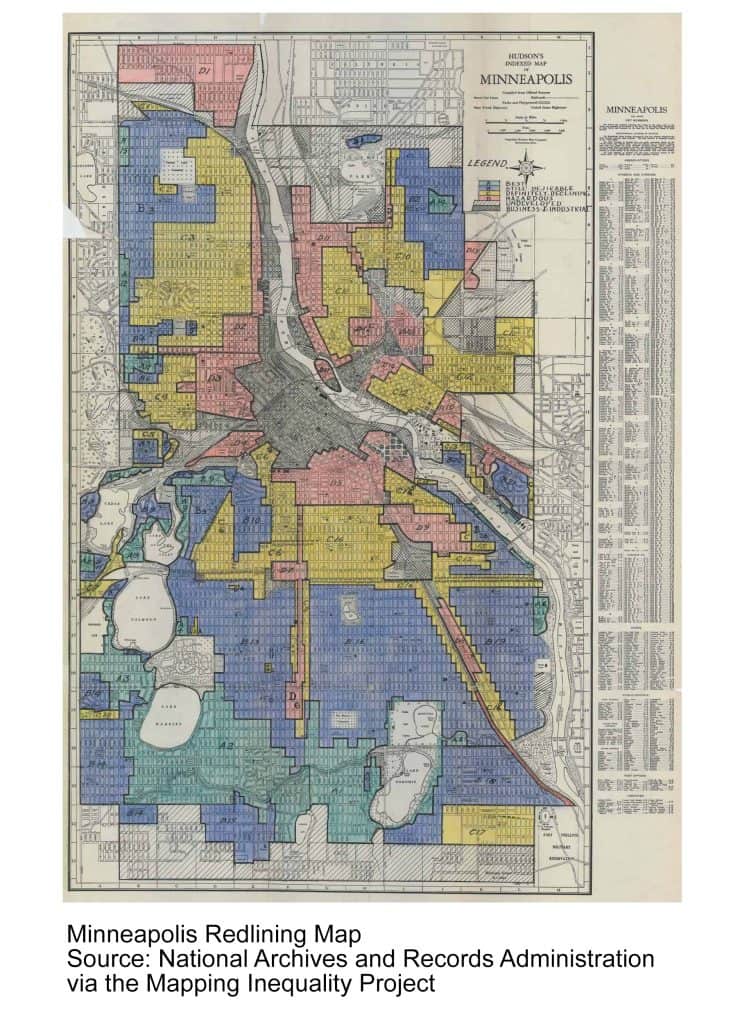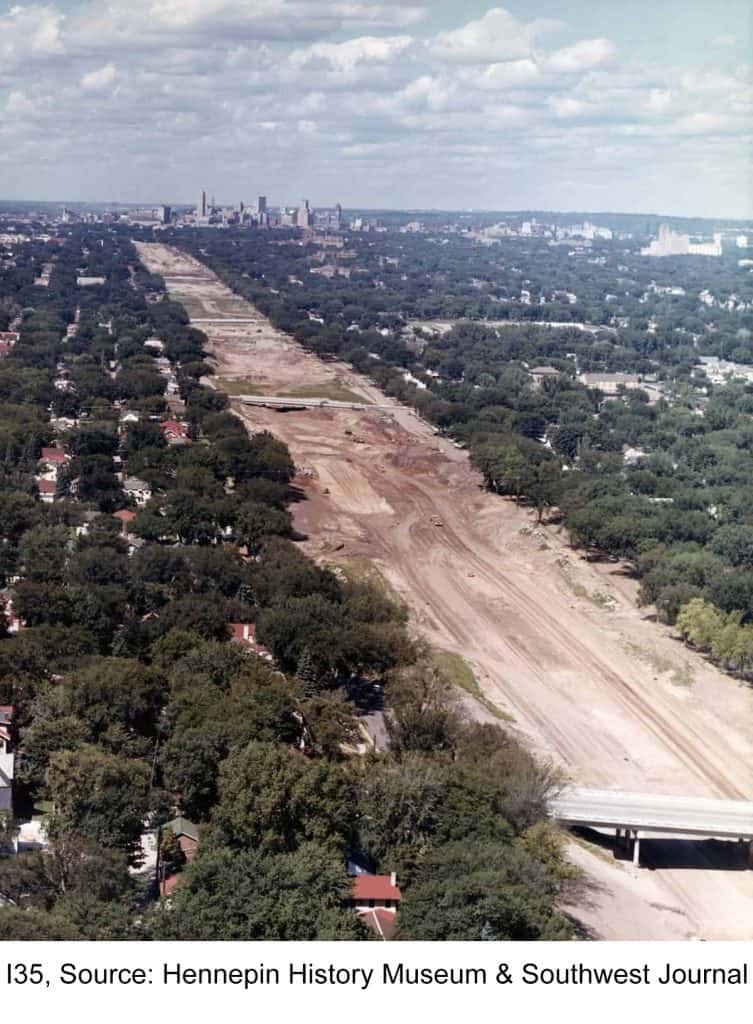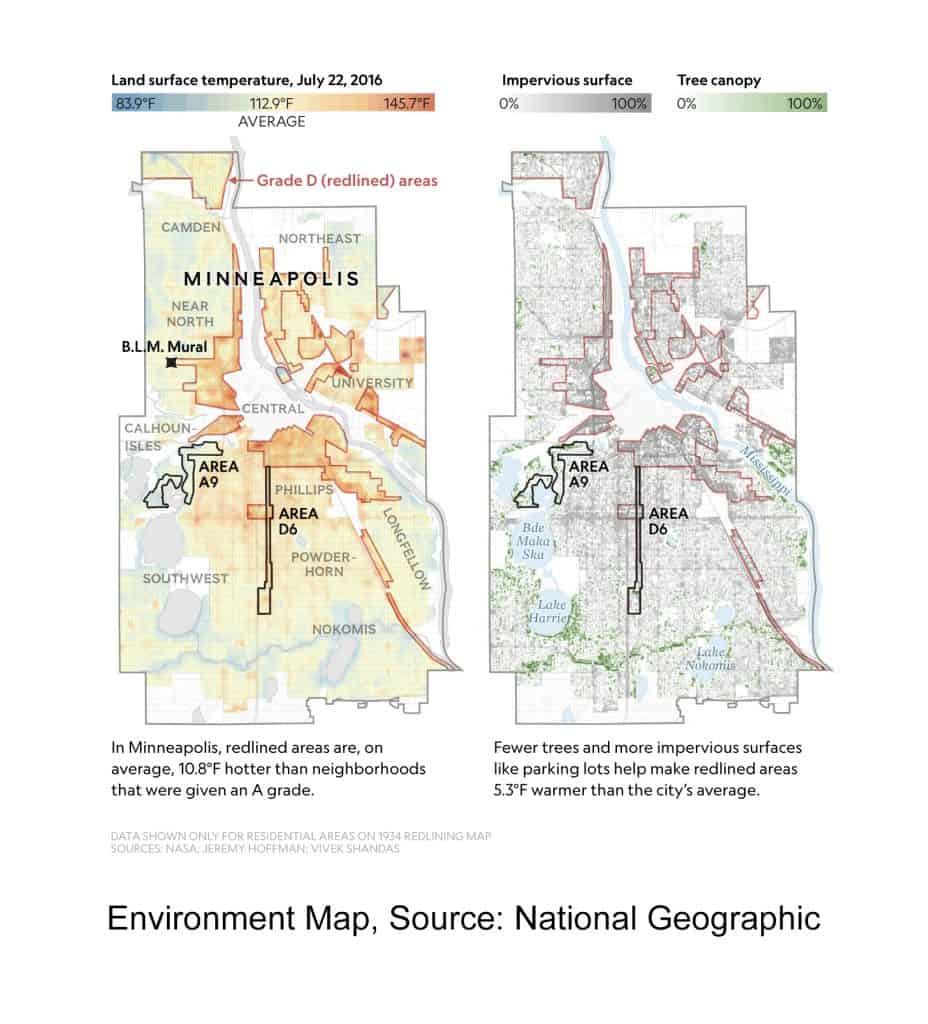Community Input
You know your health and your community best. We recognize and value your expertise — and believe that your experiences, ideas, perspectives, insights and needs are essential community wisdom. That’s why our approach to future planning focuses on your input as we develop strategies to transform our healthcare system.
Every experience with healthcare and health systems is deeply personal. Sometimes this means sharing an experience can feel painful or difficult. We know and understand this may be the case — that’s why we promise to respect and honor your feedback as we plan for a more equitable future at Hennepin Healthcare.
By sharing your real-life experiences and vision, you help us create a plan that is far better than what we might develop without collaborating with you. Together, we can innovate new ways of community-inspired care, as well as address gaps and opportunities for improvement within our system.
We thank you for your feedback and commit to approaching it with care and respect.

Our Local History
To build a more equitable future, it is helpful and instructive to recognize our past. Our hospital, for example, is located in the Elliot Park Neighborhood and is one of many aspects of our regional landscape that has been shaped by several important socio-historical realities. By looking at what has happened, we can ask fundamental questions about what ultimately became today’s realities (and why), keeping this important historical context in mind as we build a vibrant future together.
Common Questions
Hennepin Healthcare launched community engagement and future planning to create a more just and equitable healthcare experience in Hennepin County.
The community served by our healthcare system has been directly engaged to share thoughts, ideas and wishes for how they would like to receive healthcare. Collectively, we are now creating a vision for the future of Hennepin Healthcare that improves community benefit, access, outcomes and value.
This effort is centered around listening, learning, collaborating and creating new systems that integrate future organizational plans with the desires and goals of the diverse and vibrant community we are honored to serve. Learn more about our stakeholder engagement approach.
Currently, we are turning the microphone to allteam members to gather more of their creative insights. Learn more about focused team member engagement.
The Learning Together phase came to a close at the end of December. We are moving seamlessly into the Planning Together phase.
During this phase, we are selecting the approaches to future planning considered during Phase Two: Creating Together that have the greatest potential for achieving the needs and wishes shared by our community. We are creating a bold plan to deliver a more just and equitable healthcare system, closely evaluating analyzing what we what the community has shared with us during the Learning Together phase and evaluating the broader healthcare landscape and social influencers of health in Hennepin County.
Since Phase One, we learned with and from over 1,130 community and team members in English, Somali, Spanish, Lao and Hmong through five different methods. We engaged these communities using both virtual and in-person methods including: key-informant (individual) interviews, small group discussions, community pop-ups, surveys and a community forum.
We are grateful to all who shared their time, energy, experiences and insights with us. We want to specifically thank our team members for your support of this project while simultaneously caring for our patients with great dedication.
We hosted two workshops with our Expert and Artist Design Team, one in person and the other virtual. During these workshops, our open discussions focused on creative solutions to achieve the vision that our community shared with us, dismantle injustices and create more equitable systems to improve healthcare.
In addition, we distributed pre-stamped postcards asking our community to share their artistic vision of what an inclusive and equitable downtown healthcare campus might look like. We collected 187 postcards from community members, patients, family members, loved ones and team members. The creative input from all postcards was carefully reviewed and can be found in the postcard project report.
Download the Learning Together | Engagement Insights Report Overview to read what we learned.
In late January through March, we will be creating opportunities for more team members to engage in the planning process. This will help us ensure our improvements are aimed at building a culture and employer environment based on team member input.
We will also continue to meet with our Expert and Artist Design Team. This group of health equity experts, healthcare professionals, community leaders and artists is working with physicians, leaders and other team members to envision how the insights gathered so far might be put into action.
The completed workshops to-date were energizing, dynamic experiences that fueled future-oriented ideas, creativity and problem-solving. Most importantly, the discussion sparked powerful ideas about how to achieve the vision that you and our community shared with us. The input gathered in 2021 provided a solid foundation to continue to explore potential strategies for how to achieve a more equitable and responsive healthcare system.
This planning process is just the first step in the transformation of Hennepin Healthcare. The next steps will take place over 2022-24 and involve the Board of Directors of Hennepin Healthcare, the county commissioners and the Hennepin Healthcare team in the development of a detailed implementation plan. Only after this implementation plan is completed will the multi-year rebuilding of the campus take place.
Please see our current updates page, Voices of Hennepin Healthcare blog series and sign up for our monthly newsletter from Jennifer DeCubellis, CEO of Hennepin Healthcare.





